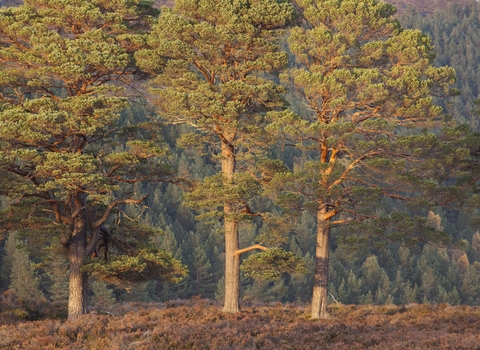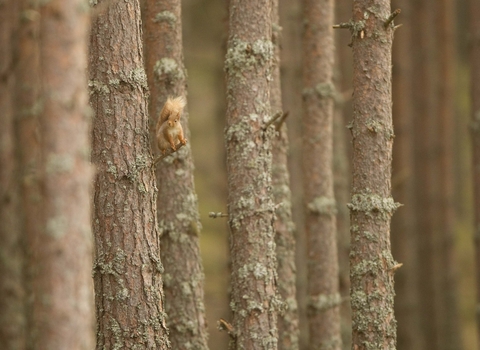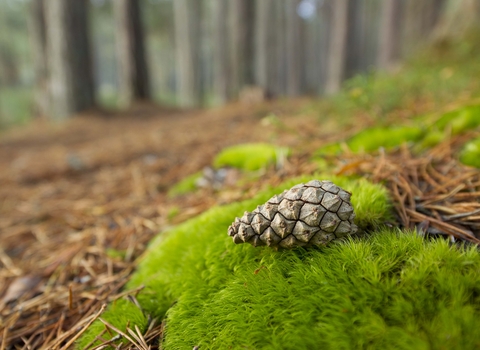
©Peter Cairns/2020VISION

©Peter Cairns/2020VISION

©Mark Hamblin/2020VISION
©Philip Precey
Scots pine
The Scots pine is the native pine of Scotland and once stood in huge forests. It suffered large declines, however, as it was felled for timber and fuel. Today, it is making a comeback - good news for the wildlife that depends on it.
Enw gwyddonol
Pinus sylvestrisPryd i'w gweld
January to DecemberGwybodaeth am rywogaethau
Categori
Ystadegau
Height: up to 40mCommon.
Cynefinoedd
Ynghylch
The Scots pine is the native pine tree in Scotland and has been widely planted elsewhere in the UK, too. During the medieval ages, a great pine forest stretched across most of the Highlands, but by the 17th century, it was disappearing as timber was used for ship-building and charcoal. Although the late 20th century saw just a fraction of the original forest left standing, regeneration has now started to occur, especially in areas fenced off from browsing deer.This is good news for wildlife as Scots pine forests provide shelter for all kinds of species, and food for threatened Red Squirrels and endemic Scottish Crossbills.
